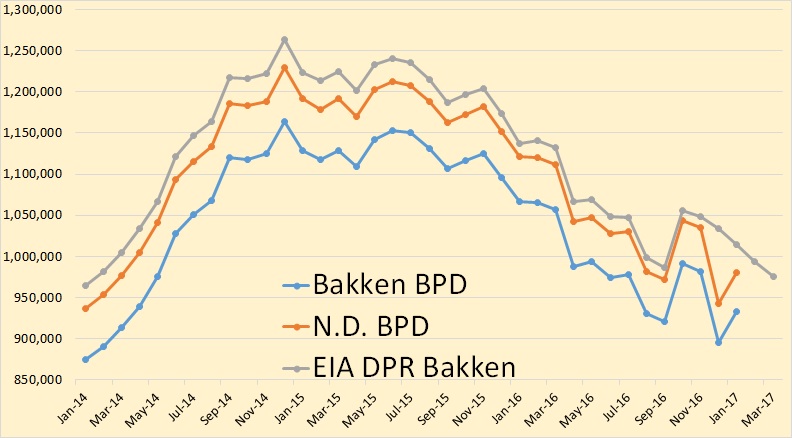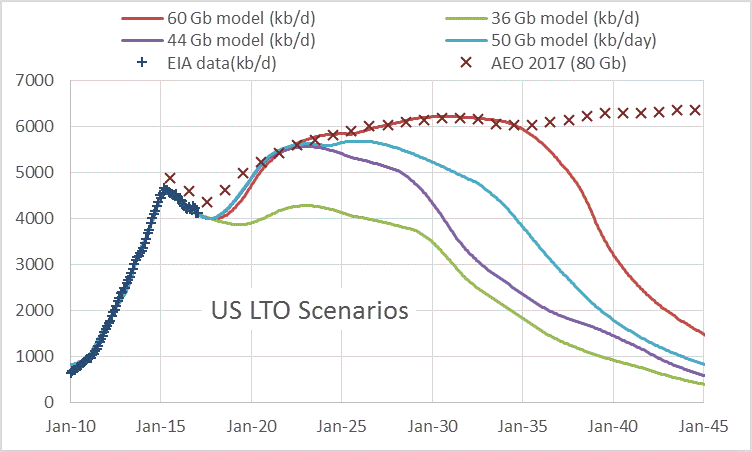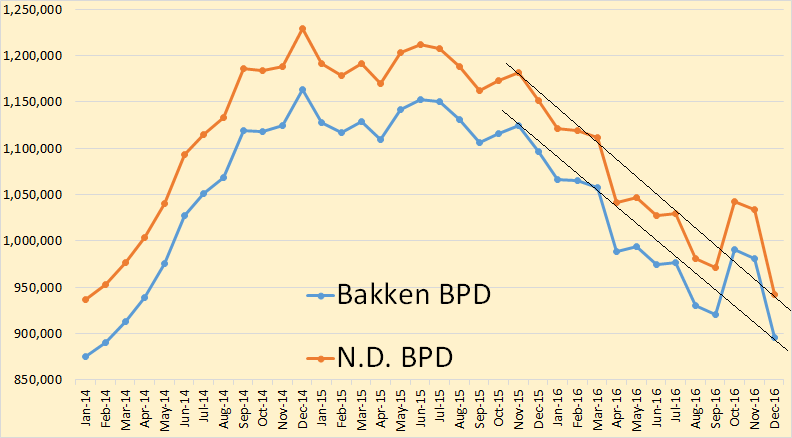A Guest Post by SK
SK is a professor emeritus in the department of Mechanical and Aeronautical Engineering at a Major University in the USA.
Corrections to the first three equations were made on Feb 25, 2017.
The report reviewed here claims to rely on thermodynamics arguments to predict oil’s price-volume trajectory going forward.
Classical Thermodynamic analysis
First a few lines about thermodynamic analysis. The early contributions to thermodynamics by Carnot, a military engineer by training, were based on study of heat engines. The same theme was followed by Clausius, Kelvin, Planck and others. The study of heat engines is still an important aspect of mechanical engineering and as such appears in engineering thermodynamic textbooks with one chapter devoted to the analysis steam power plants, and another on the thermodynamic cycles that model, spark ignition engines, diesel engines, and gas turbine power plants. Similar analysis is next extended to refrigeration cycles and performance of heat pumps. Read More



